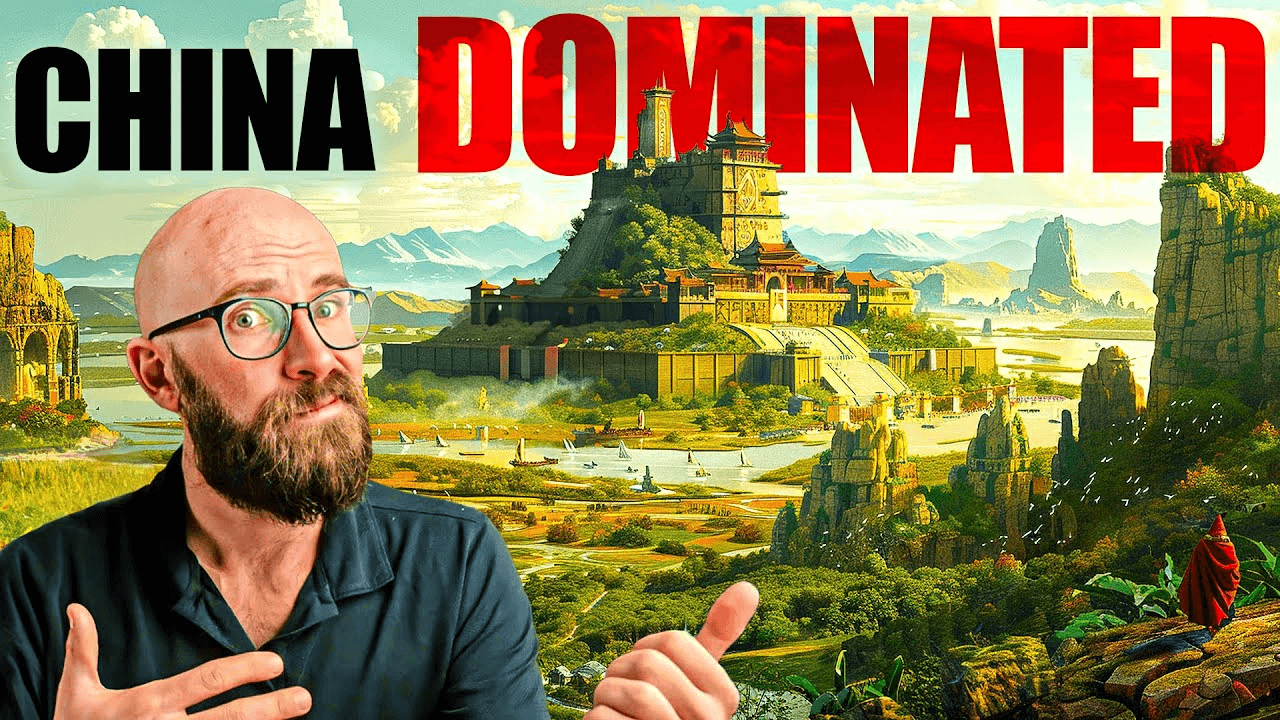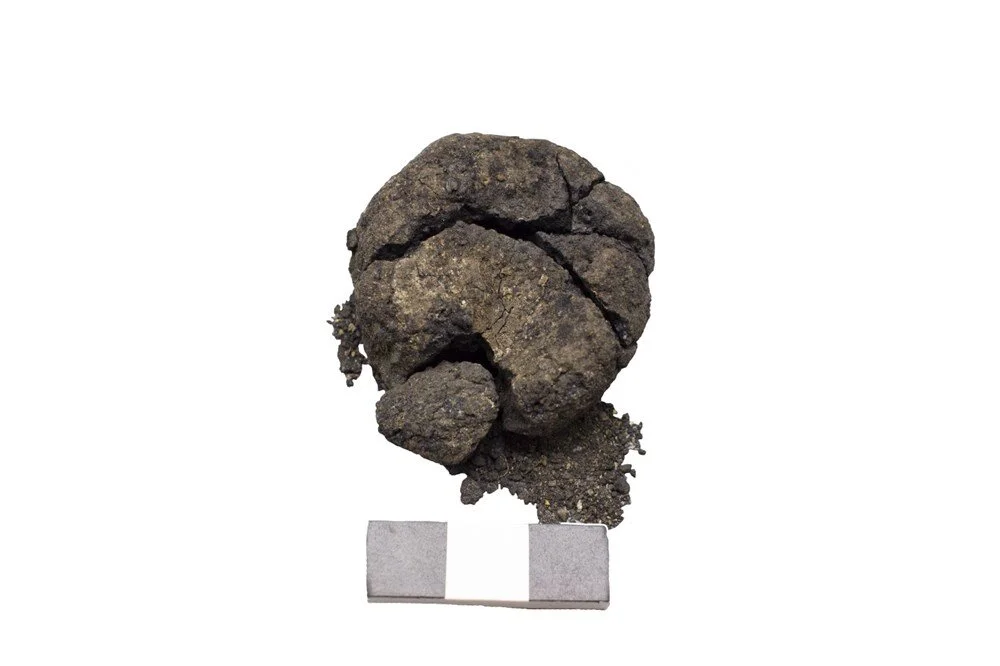The concept of Protected Designation of Origin (PDO), a cornerstone of modern agricultural policy and consumer protection, finds its antecedents in practices as ancient as the Bronze Age in Greece. During this era, roughly spanning from 3000 to 1200 BCE, a sophisticated system of trade networks facilitated the exchange of goods and ideas across vast distances, connecting the Aegean islands with the mainland, Cyprus, Anatolia, and the broader Eastern Mediterranean. This intricate web of maritime and overland routes served as the conduit for luxury items such as olive oil, wine, grains, pottery, and precious metals, which were essential for bronze production, alongside the famed Cycladic marble.
The later ancient Greek practice of marking amphorae with the names of their production centers, known as amphora stamps, is well-documented in Classical and Hellenistic periods. However, this method of denoting origin and authenticity dates back several centuries earlier, to the Bronze Age. These early instances of origin marking signify a rudimentary form of what we now recognize as the PDO system, underscoring the ancient roots of quality assurance and origin protection.
The significance of this practice during the Bronze Age cannot be overstated, as trade played a crucial role in the economic and cultural exchanges of the time. Luxury items, pivotal in these trade networks, necessitated a form of validation to guarantee their authenticity and origin. This is where the practice of inscribing vessels intended for export with their place of origin comes into play, a practice highlighted by John Chadwick, a renowned English linguist and classical scholar, in his analysis of vessels from mainland Greece bearing the names of cities in Crete.
Some known Minoan place names in Linear B tablets, photo by: Dimosthenis Vasiloudis
Chadwick's observations, drawn from his work alongside Michael Ventris in the decipherment of Linear B, reveal that at least four vessels originating from mainland Greece bore inscriptions of Cretan cities, known from tablets found in Knossos. While such inscribed vessels have not been discovered in Crete, those found in Thebes and believed to have been manufactured in Crete, suggest a Cretan practice of marking vessels for export with the type of their origin. These inscriptions served as commercial marks or guarantees of the authentic origin of the contents, a precursor to the modern PDO system.
This practice of inscribing vessels with their place of origin not only facilitated trade by ensuring the authenticity and quality of the goods but also fostered a sense of pride and identity in the products' origins. It laid the groundwork for a system that, millennia later, would evolve into the comprehensive PDO framework we recognize today, protecting the uniqueness and heritage of regional products across the globe.
The Bronze Age in Greece thus stands as a testament to the early human endeavor to regulate and protect the integrity of trade, a concept that has only grown in complexity and significance through the ages. The early practices of marking the origin of trade goods illustrate a rudimentary yet profound understanding of what we now term a protected designation of origin, highlighting the interconnectedness of ancient economies and the timeless importance of authenticity and quality in the exchange of goods.
Information from: J. Chadwick, "The Mycenaean World," Cambridge University Press, 1976.




































